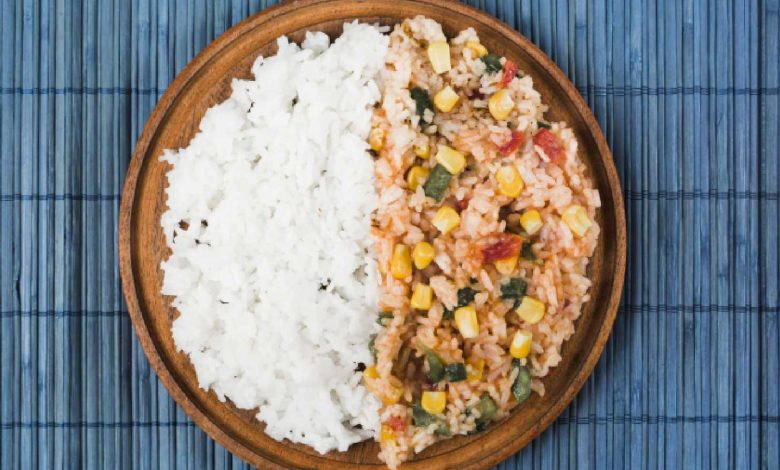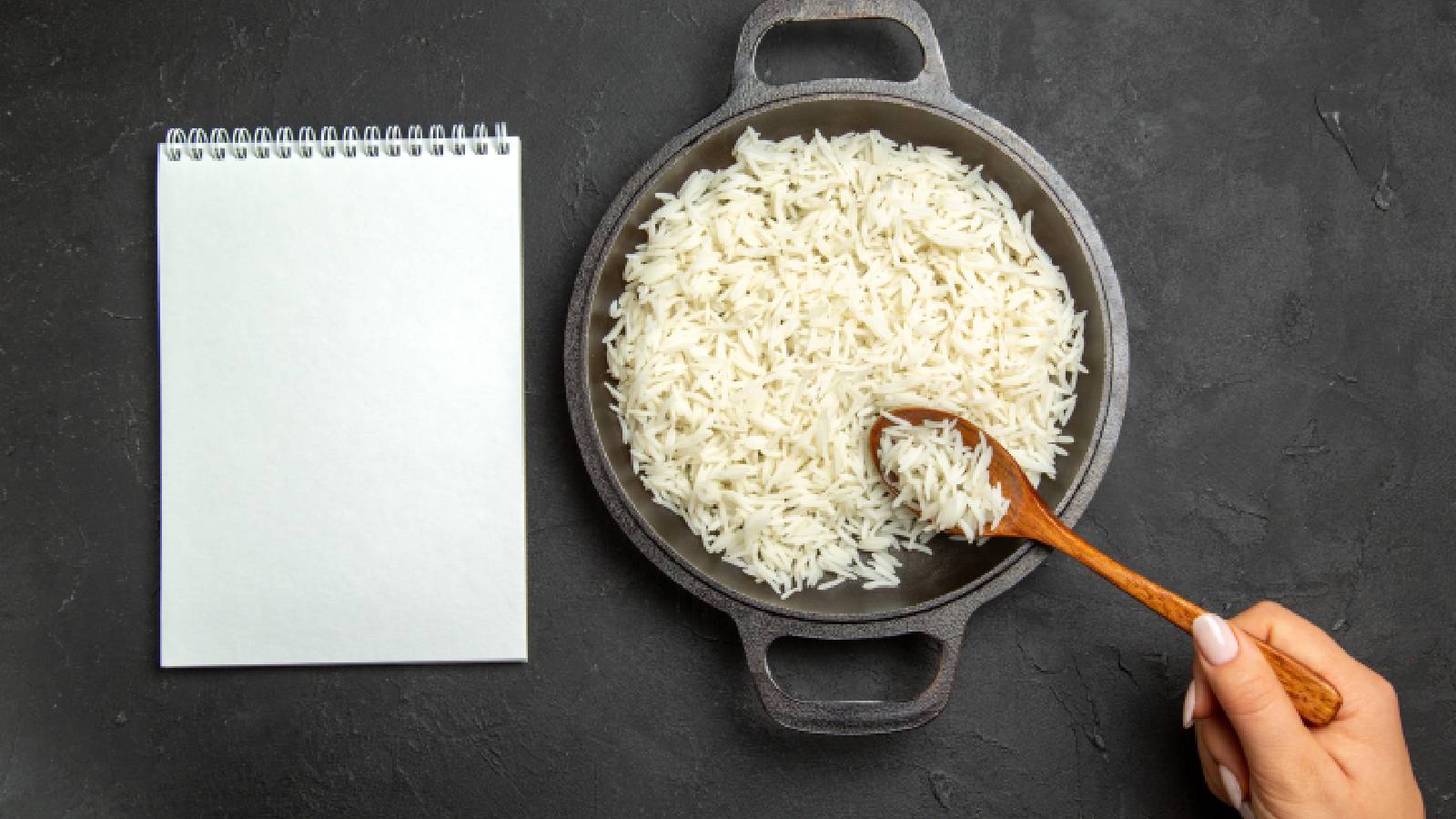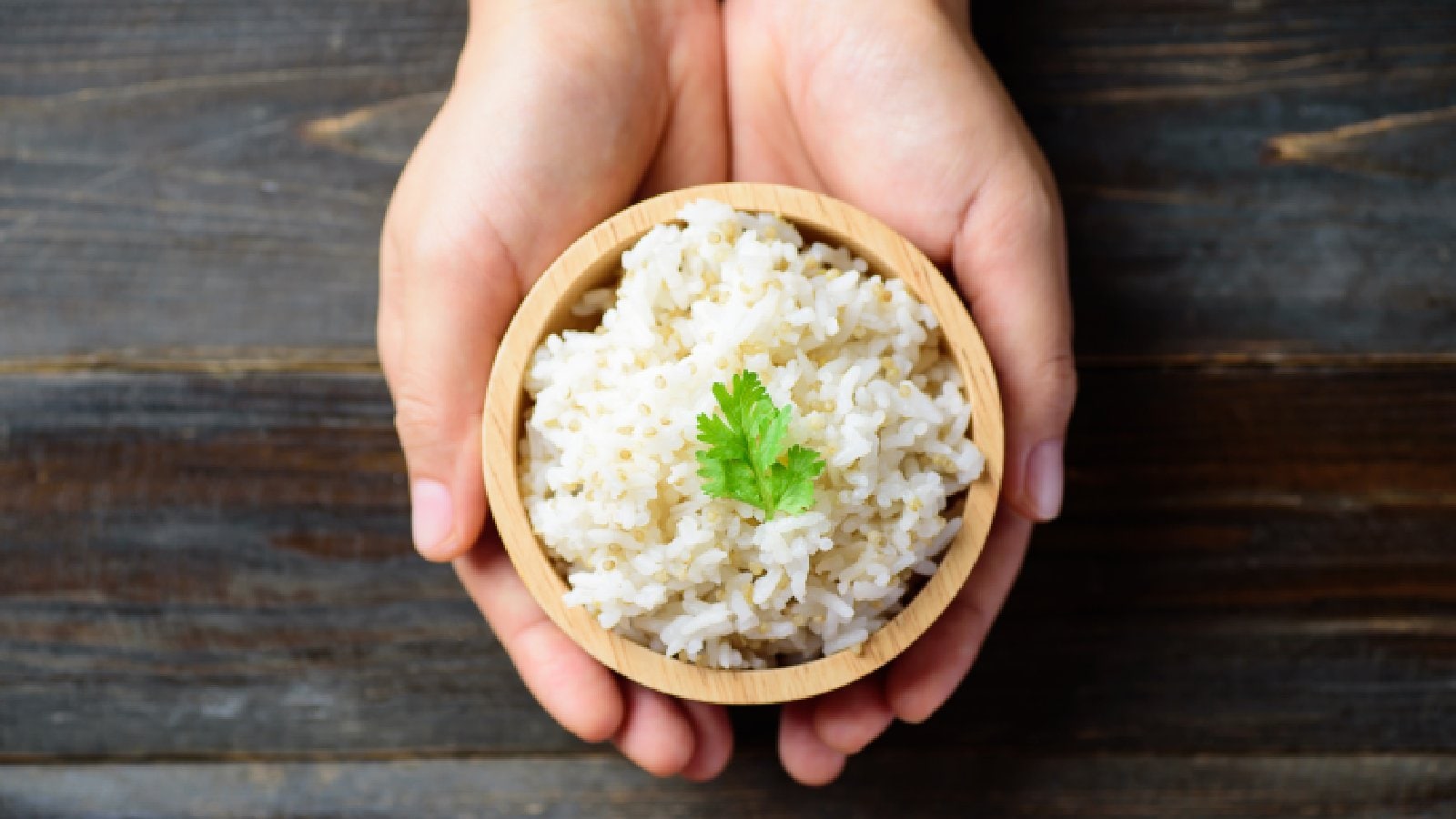
You may like to reheat cooked rice. But eating leftover rice can make you sick. Know why it can be unhealthy for you.
In households that majorly have rice eaters, you may find that they tend to cook it in bulk. The cooked rice is then stored in the fridge, and used depending on convenience. You may like to pair rice with a curry for lunch and then use the leftover rice for dinner. True, isn’t it? But is it safe to use leftover rice? There is a school of thought that it may cause food poisoning, leading to vomiting, diarrhea and abdominal cramps. But you can do a few things to ensure that the leftover rice you are using for dinner is safe to consume. All you have to do is make sure that you store and reheat leftover rice properly so that you don’t get sick.
Is eating leftover rice safe?
It is not always safe to eat leftover rice, as it can make you sick, primarily due to a bacteria called Bacillus cereus, which is commonly found in rice. “Bacillus cereus spores don’t die during the cooking process, and if the leftover rice is kept at room temperature, the spores can multiply and produce toxins, causing food poisoning,” says nutritionist Abhilasha V. Food poisoning caused by a bacterium known as Bacillus cereus is called the fried rice syndrome, as per research published in Microbial Pathogenesis in 2023.

Here’s how it happens:
- After cooking, if rice is left at room temperature for more than two hours, bacteria begin to multiply rapidly, especially in warm environments.
- The bacteria can produce toxins that are heat-resistant, meaning reheating the rice may not eliminate the risk of illness once it has been contaminated.
“If you consume leftover rice contaminated with bacillus cereus, symptoms of food poisoning can occur within one to five hours,” says Abhilasha. These include nausea, vomiting, diarrhea and abdominal cramps.
These symptoms are usually short-term but can be severe, especially for people with weakened immune systems.
How to store cooked rice?
Proper storage of cooked rice is essential to prevent spoilage and foodborne illnesses caused by bacterial contamination. Here’s how to store leftover rice safely:
1. Cool the rice quickly
After cooking, it is important to cool rice quickly to prevent the growth of bacteria, which thrive in warm environments. Spread the cooked rice on a clean baking sheet or shallow pan to allow it to cool more quickly.
2. Store in airtight containers
Once the rice is cooled, transfer the cooled rice into clean, airtight containers or resealable plastic bags. “This prevents exposure to air, which can introduce bacteria and dry out the rice,” says the expert.
3. Label with date
Always label the containers or bags with the date of storage so that you can keep track of how long the rice has been stored. This helps ensure you consume it within the safe storage time.
4. Refrigeration
“Rice should be cooled down then stored in the refrigerator within one hour after cooking so that the risk of bacterial growth is minimised,” says the expert. Store the cooked rice in the refrigerator at or below 40 degree Fahrenheit. It is best to keep rice towards the back of the fridge where the temperature is cooler and more consistent. Cooked rice can last in the fridge for three to four days, and after this period, discard the rice, as the risk of bacterial contamination increases.
How to reheat cooked rice safely?
Reheating cooked rice safely is crucial to prevent foodborne illnesses. Here’s how to safely reheat leftover rice:
1. Use a microwave
- Transfer the rice to a microwave-safe bowl or container.
- To prevent the rice from drying out, sprinkle a little water over the rice (about one to two tablespoons per cup of rice) and stir it in.
- Cover the container with a microwave-safe lid or damp paper towel to trap steam, which helps in heating.
- Microwave the rice on high for about a minute per cup then stir and check the temperature. Continue microwaving in 30-second increments until the rice is hot throughout.
- Make sure the rice reaches an internal temperature of 165 degree Fahrenheit to ensure it is safe to eat.
2. Stovetop method
- Place the rice in a non-stick skillet or saucepan.
- Add some water to it to create steam.
- Cover the container with a lid to trap steam and heat the rice properly.
- Warm it over low to medium heat, and stir occasionally to prevent it from sticking.
- Continue heating until the rice is steaming hot and has reached an internal temperature of 165 degree Fahrenheit.
Do not reheat rice more than once, according to the UK’s Food Standards Agency.
“Repeated heating can increase the risk of bacterial growth, so reheat the amount of rice you plan to eat,” says Abhilasha.

How to tell leftover rice is spoiled?
Signs of food spoilage may include a change in colour, and texture, and an unpleasant odour, according to the US Department of Agriculture. Here are signs that indicate the leftover rice has gone bad:
- Spoiled rice will have a sour, off-putting smell. Freshly cooked or properly stored rice has a neutral scent, so if you notice an odd odour, it’s best to discard it.
- If the rice becomes excessively hard, crunchy, or slimy, it’s likely spoiled.
- Spoiled rice may develop mold, which can appear in various colours like white, green, or black.
- Fresh rice should retain its original colour, but any unusual discolouration (yellowing or dark spots) is a sign of spoilage.
- If the rice tastes off, bitter, or sour, even if it looks and smells fine, it may have gone bad.
Eating leftover rice can make you sick due to the presence of bacteria. Make sure to store and reheat leftover rice to avoid getting sick.
Source: healthshots





